Hey people!
Mwaka here again with a special recommendation. Scouring the internet this tail end of the year has brought me to so many ‘veggie of the month’ guides. My favorite was the October veggie of the month, our traditional winter squash.
Although delicious, I got too overexcited and overdid it for my three-year-old boss and myself. If you have leftover squash or are thinking of getting some from the grocery store, there’s something for everyone, whether you are a soup, salad, or smoothie lover.
The Perfect Alternative: Chayote Squash!
If I had a dollar for every time my son said, ‘not again’, after I served his meal, I’d have retired to the Maldives. Since we had both had enough squash to last us a lifetime, I turned back to my good old friend, the internet, and I found my pot of gold.
The Chayote Squash, your not-so-traditional veggie, is one you should not be too quick to judge. The question running through your mind is:

What is a Chayote Squash?
Like all foods in Dr. Sebi’s Nutritional Guide, this vegetable is alkaline. Originally from Mexico and Central America, the thing that captures my heart about this squash is its versatility. Every part of the plant is edible, both cooked and raw!
Also referred to as Choko, let’s paint a picture of our veggie of the day:
- Skin Color: Light green to dark green
- Inner flesh: Pale green with some white
- Shape: Pear-shaped with lumps.
- Taste: Mild enabling it to accommodate spicy and strong-flavored dishes.
- Texture: Crunchy and succulent and great as a raw dessert.
If Mr. Potato Head and cucumber had a baby, that would be a close description of the Chayote Squash. Read on to find out why the Chayote deserves to be the star of your dish.
Why Does The Chayote Deserve The Spotlight?
The all-you-can-eat plant consists of flowers, leaves, stems, and fruits. What are the benefits of Chayote Squash?
- It has antioxidant properties: myricetin, kaempferol, quercetin, and morin antioxidants reduce inflammation in the body. Research has confirmed that myricetin, highest in Chayote, has anti-diabetic properties.
- Promotes liver health: Chayote contains properties that promote the function of the enzyme responsible for fat metabolism, lowering cholesterol, thus reducing the risk of fatty liver disease.
- Slows down aging: antioxidant properties of chayote prevent inflammation and damage of skin cells, slowing down the aging process.
- Helps with blood sugar control: Chayote is rich in soluble fiber and low in carbs slowing down the breakdown of food and reducing blood sugar. It also promotes insulin sensitivity.
- Promotes heart health: The high fiber content and presence of antioxidants in Chayote reduce the risk of heart disease by regulating blood pressure, promoting blood flow, and lowering cholesterol.
- It has some antibiotic properties: Chayote leaves treat colds, indigestion, coughs, and kidney stones.
- Promote healthy progression of pregnancy: Folic acid in Chayote is necessary for pregnant women for fetal brain development and preventing premature labor.
You now know the benefits of Choko, and you're ready to go grocery shopping. But how will you tell which one is ready for use?

How To Choose A Good Chayote Squash
If you shop for bell peppers as often as I do, this will be a walk in the park. Reach out for the firm, blemish-free Chayotes with an even color: not too dark preferably light green.
A Chayote with a lighter shade of green is the best, though you will find dark green to white ones in your pile. A white chayote is overripe, while a multicolored one is aging, and it is best to avoid it.
In this case, bigger isn’t always better! A large squash is usually tasteless, while a smaller one is younger and bursting with flavor.
You now know what chayote is, the benefits of adding one to your diet, and how to pick one. What’s left is learning ways to incorporate it into your everyday meals, and you may make it to your top 10 alkaline foods.
How Can You Incorporate It To Your Diet?
Chayote, a summer squash, is typically available from June through September. There are multiple ways to eat it: raw, baked, sauteed, or boiled. Here are various ways to enjoy it:
- Dessert
- Pickled
- Baked
- Pureed
- Chayote noodles
- Salad or Slaw
Although you can eat the peels of younger squash, sometimes the skin may be tough, and peeling becomes necessary. Put on a pair of gloves before peeling since the chayote peel releases juices that can irritate your skin.
4 Chayote Squash Recipes For You And Your Family To Enjoy
1. For Soup Lovers
I am a big fan of soups, even on a hot day! The creamier, the better. The issue is: although everyone else in my household isn’t, I am lactose intolerant. So we need to find a delicious soup recipe that doesn’t require milk or cream added to be creamy. This is it!
For this recipe, peel the skin if it is too hard. If not, leave the skin on to reap the full nutritional benefits.
Ingredients
- 1 Chayote Squash
- 1 tablespoon avocado oil
- 1 small onion chopped
- 1 tablespoon cayenne pepper
- A pinch of sea salt
- A cup of spring water
Instructions
- In a saucepan, heat avocado oil, and add your onions. Cook on medium heat until soft.
- Peel your chayote if the skin is tough. If not, chop it into smaller pieces with the skin on.
- Add the chayotes into the saucepan and cook while stirring for 6 minutes.
- Add your cayenne pepper, salt, and water, then boil.
- Turn off the heat and cool. Once cool, blend to desired consistency.
- Place it back into the saucepan and reheat. Adjust your seasoning to fit your taste.
- Serve while still hot
2. Dr. Sebi’s Spicy Sesame Squash
You try this out for a creamy, succulent, and tender textured dish infused with rich flavors and buttery tones.
Ingredients
- 1 Chayote medium squash
- 4 tablespoons sesame seeds
- Pinch of sea salt and cayenne pepper
- 2 tablespoons sesame oil
Instructions
- Cut the unpeeled chayote squash into small cubes of approximately 1 cm.
- Season with a pinch of salt and cayenne pepper.
- Sauté on low heat in sesame oil for about 15 minutes, until golden brown.
- Toast sesame seeds in a hot 'dry' frying pan until they start to 'pop'.
- Take off the heat and sprinkle seeds over the squash before serving.
- Serve as a side to baked avocado with salsa
3. Chayote Noodles In Tomato Sauce
The perfect alternative to pasta, nothing beats a bowl of chayote noodles in tomato sauce for lunch. The best part is these are easier to spiralize than a zucchini. Let's get spiraling.
Spiralize your chayote by centering it on the blade, the teeth will hold it down and spiral away.
Ingredients
- 2 Chayotes
- 6 plum tomatoes, thickly sliced
- 2 tablespoons and approved oil
- 1 teaspoon dry oregano
- ½ teaspoon dry thyme
- Sea salt and cayenne pepper to taste
- 1 tablespoon key lime juice
Instructions
- Spiralize your chayote with a spiralizer using blade C and place it aside.
- Add your tomatoes, salt, approved oil, and key lime juice into a high-speed blender and pulse until you get a sauce.
- Add your tomato sauce, dried oregano, cayenne pepper, and thyme to a saucepan, and cook over medium heat.
- Once the sauce starts bubbling, add your noodles and toss them to combine with the sauce. Cook for 5 minutes while tossing occasionally.
- Serve in a bowl while hot.
4. Pickled Chayote Squash
Chayote-What? Yes, you read that right. Chayote Pickles. Their mild flavor and high water content make them a perfect fit for this recipe since they suck up brine like a sponge.
Ingredients
- 1 Chayote, thinly sliced
- 2 medium onions, cut into rings.
- 10 key limes
- 1 cup spring water
- Sea Salt to taste
- 2 tablespoons cayenne pepper
- 2 tablespoons date sugar
Instruction
- Slice your key limes, and extract juice from them. Add more key limes if you prefer a more tangy taste.
- In a pan, add your key lime juice, sliced onions, spring water, salt, and sugar to taste, and cayenne pepper and boil.
- Stir the mixture and turn off the heat.
- Add your Chayotes into the mixture and cover with a lid. Let it cool.
- Once cooled, place in a sterilized mason jar, and refrigerate for 1 to 4 days. The timeline depends on how sour you want your pickles.
- Keep refrigerated.
- Serve as a snack from your jar.
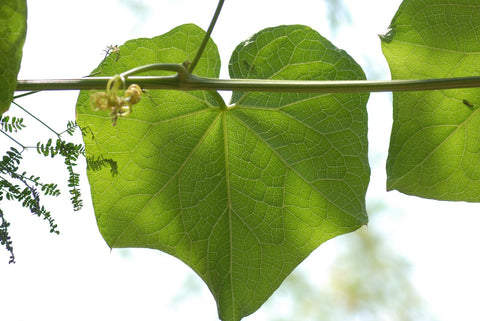
How to Store Your Chayote
Store your Chayote at room temperature only for a few days. Keep in a cool, dry, and dark place. When refrigerated, it will last longer, but it is best used within a week. For a longer shelf life, store them frozen. The best way to ensure they are for months is to pickle them or blanch then bake them before freezing them.
There you have it, your guide on Chayote squash. Remember, every part of Chayote is edible whether raw or cooked. Be careful while peeling and cutting a Chayote Squash because it can leak sap that will irritate your skin. Oh, and there’s no better way than the alkaline way!
We are glad you were enticed by our recipes. Let us know which one you’d like to try out and rate how good it is on a scale of 1 to 10. You can also tell us fun facts about Chayotes, and how you make yours. Where can you do all this? In the comments, of course!
Until next time,
Stay healthy.
Mwaka













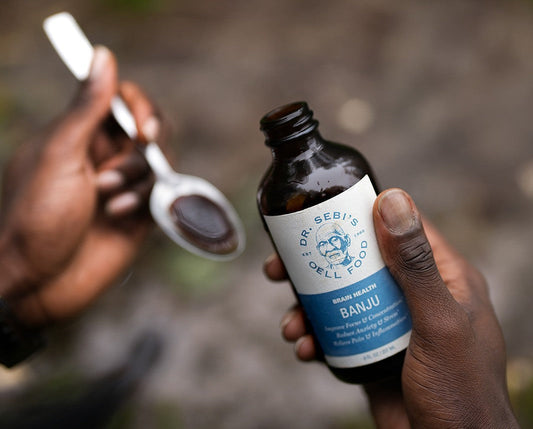


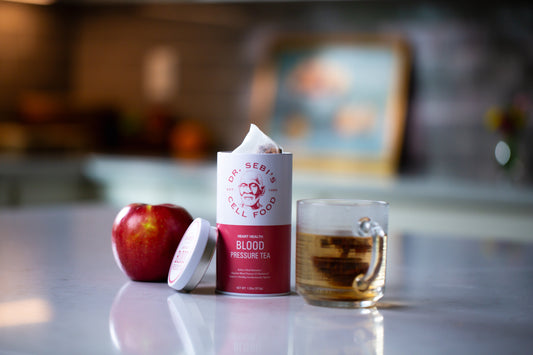
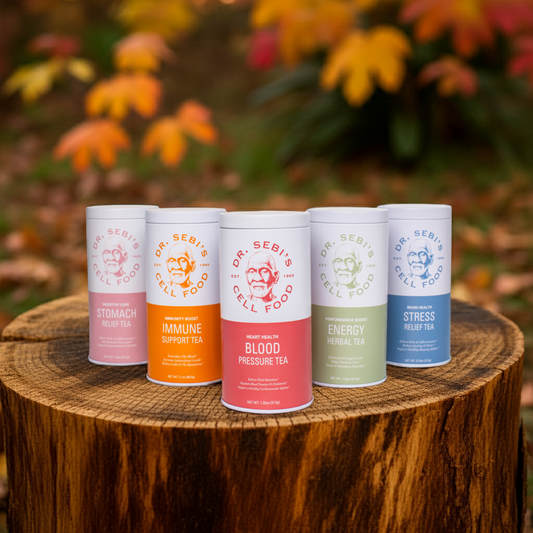

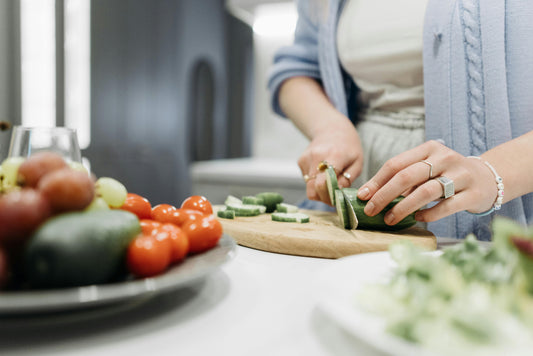

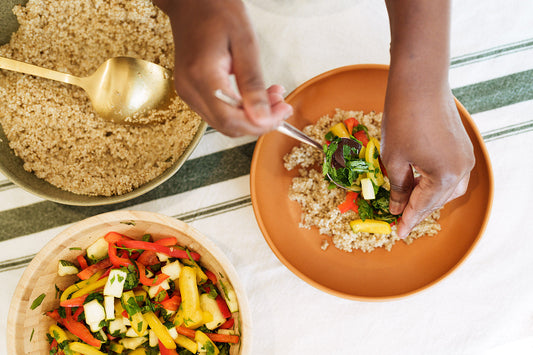



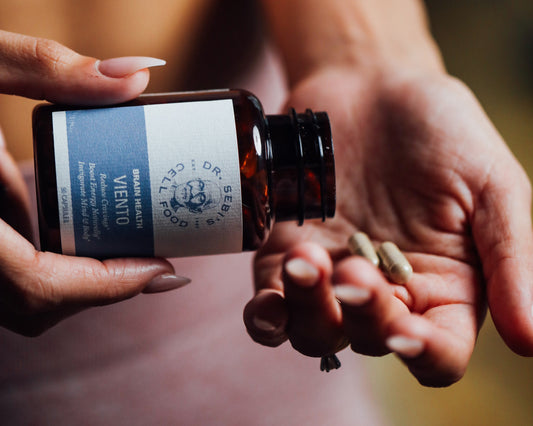
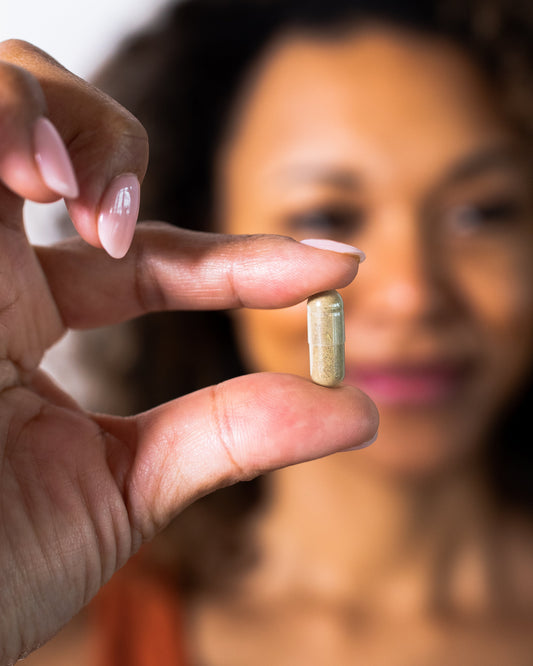

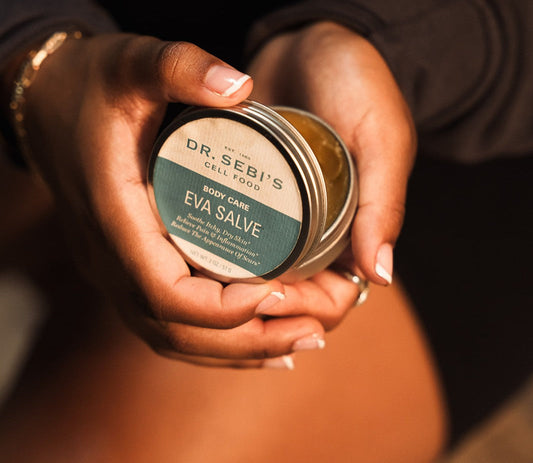
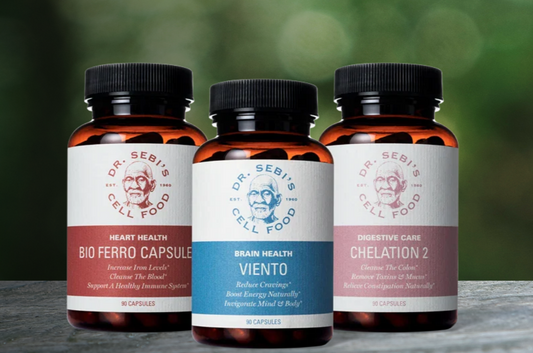


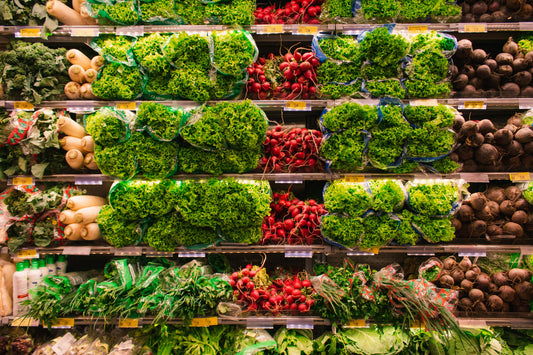


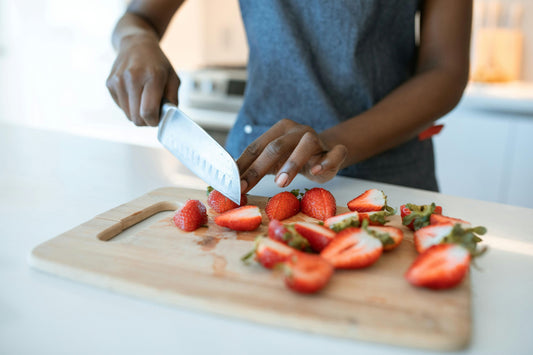




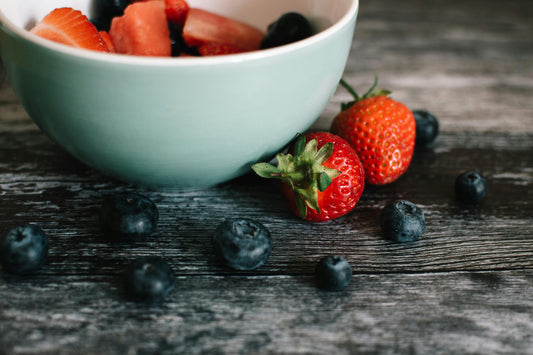
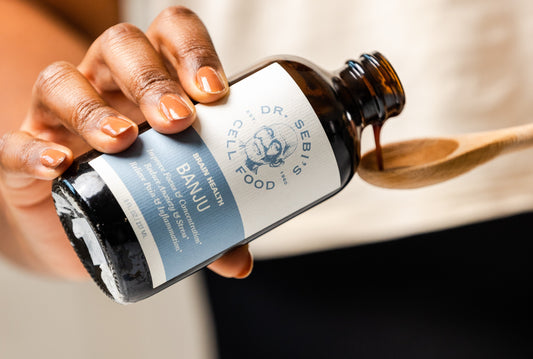
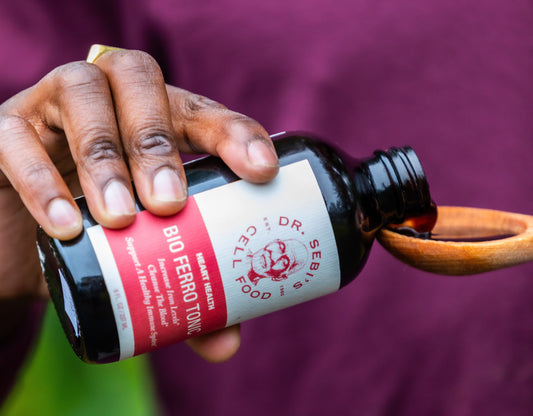


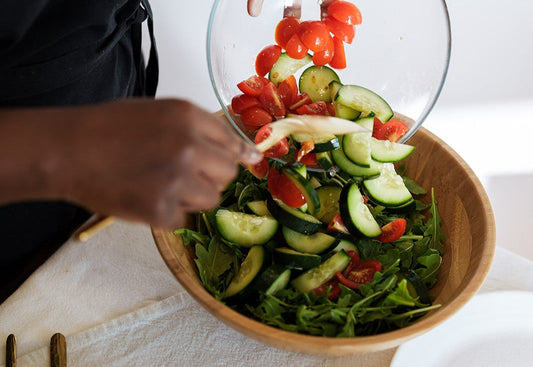





4 comments
Thank you very much for sharing I will definitely look forward to eat chayote in the future 🙏
It was nice reading your recipes
I was indeed educated.
Thanks for sharing I experience using chayote for eleven months during my stay in Central America my health improved greatly.
I would like to know what I can use on my face to get rid of age spots.